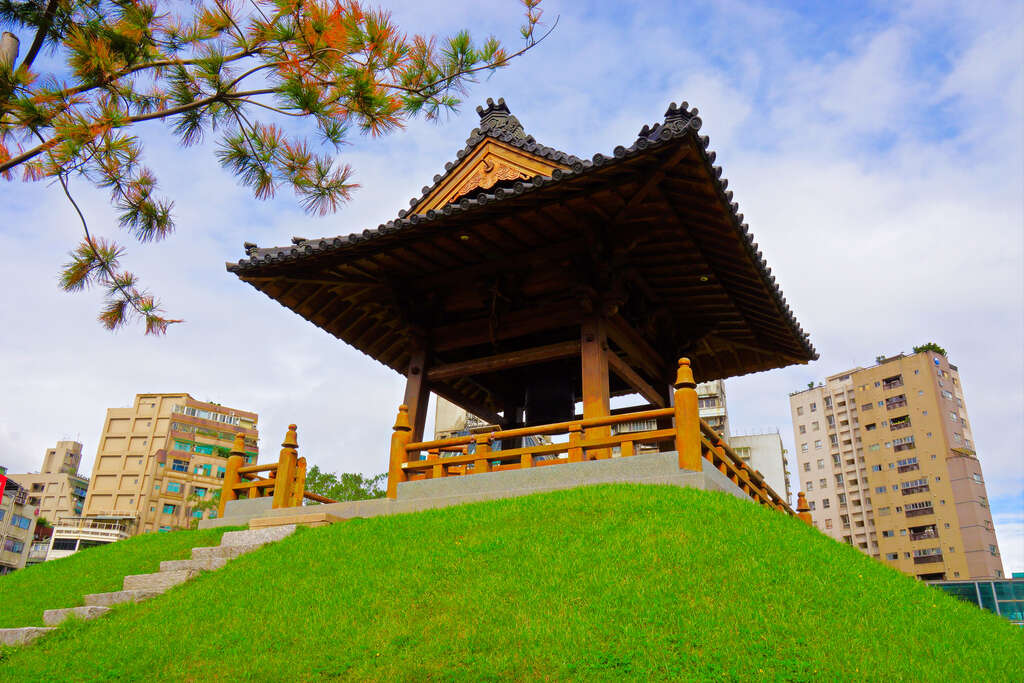Nishi Hongan-ji Square Introduction
Wanhua 406 Plaza, located at the intersection of Zhonghua Road and Changsha Street in the southern edge of Ximending, was originally the "Nihon Nishi Honganji" (Japanese West Hongan Temple), built with joint contributions from Taiwanese followers and Japanese donors. Its official name is "Jodo Shinshu Hongwanji-ha Taiwan Branch," and construction began in 1904, completing in 1912. This architectural complex is rich in Japanese style, with the Taiwan branch of Nishi Honganji being a sub-temple of the Japanese Jodo Shinshu Hongwanji-ha. Most of the main buildings exhibit eclectic styles commonly seen in 18th and 19th-century Japanese Buddhism. The main hall, the priest’s quarters, the storehouse, and the bell tower are predominantly eclectic in style, while the "Rinban" is in the form of a traditional Japanese residence. The Shuxin Hall embodies the spirit of a new era with its brick structure combined with Western wooden framework, while the roof maintains a Japanese style. After the plaza's opening, many photography enthusiasts frequently visit to take pictures, and numerous bloggers share their travel experiences online. The quaint bell tower, nostalgic Shuxin Hall, traditional Rinban, and understated historical main hall create beautiful scenes amidst the lush greenery of the park, forming picturesque views in the eyes of visitors. The culturally significant and architecturally unique "Nishi Honganji" complex has been revitalized for reuse by public agencies, transforming the plaza into an urban space that extends and enhances the trendiness of the Ximending cultural circle, while providing travelers another experience to reminisce about historical legacies during their tour in the bustling area, with the hope of attracting crowds and rejuvenating the prosperity of the Monga region.









